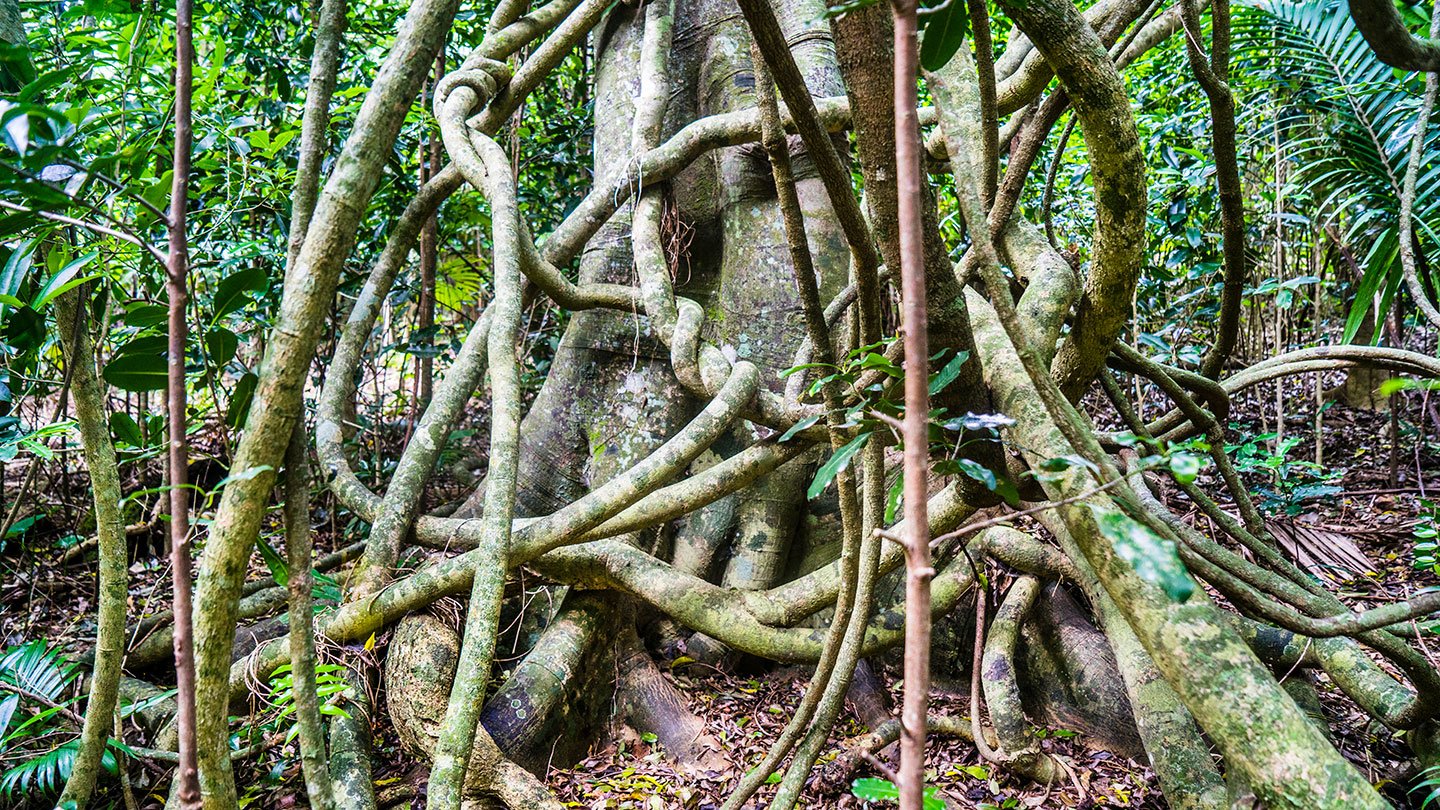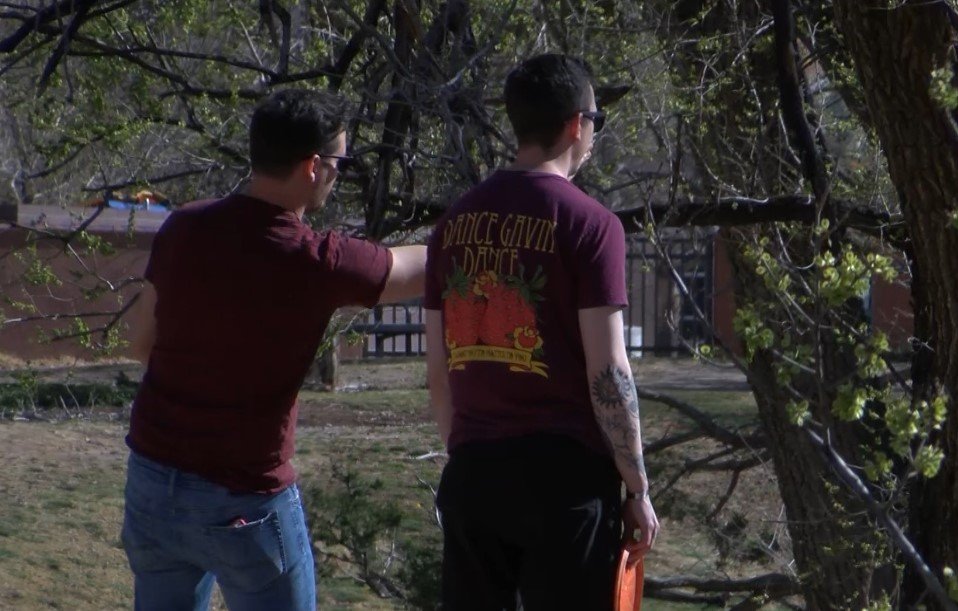A Brazilian flea toad’s head is too small to carry its many crowns.
critter (Brachycephalus pulex) is not a flea or a toad. Instead, it’s a wee frog with two big new titles. It’s just named The world’s smallest known amphibian and smallest known vertebrate.
From snout to rump, an adult measures just under 6.5 millimeters. That’s about a quarter of an inch. It’s small enough to sit comfortably on a pinky fingernail. And it lurks below the previous record by almost half a millimeter.
A team reports this mini male in February 7 Zoologica script.
Mirco Sole is a herpetologist at the Universidade Estadual de Santa Cruz in Ilhães, Brazil. He is part of a team that studied 46 adult Brazilian flea toads – 24 males and 22 females. On average, males are about 7 millimeters (0.27 in) long. Females measure about 8 millimeters (0.31 in). Previously, there were the smallest known vertebrates Pedophryne amanuensis Frogs from Papua New Guinea. Males of this species average about 8 millimeters (0.31 in) long.
Do you have a science question? We can help!
Submit your question hereAnd we can answer it an upcoming problem Explore science news
Compared to larger species, these juvenile frogs have some major body changes. For example, a Brazilian flea toad has only two toes. Most frogs have five legs, sole notes. and some other smaller ones Brachycephalus Frogs have oddly shaped inner ear tubes. That characteristic makes them clumsy jumpers. The ears of the Brazilian flea toad have not been examined, Soule said. But, he notes, these animals appear to be decent hoppers.
Soule said, perhaps the discovery of small vertebrates has yet to be found. After all, there are plenty of undiscovered nooks and crannies in the world. If found, such animals could reveal new biology related to body size.
Anything smaller than about six millimeters “would really challenge the morphology and the physics,” he says. “But who knows.”

Teachers and parents, sign up for the cheat sheet
Weekly updates to help you use Explore science news In the learning environment
Thank you for signing up!
There was a problem signing you up
















